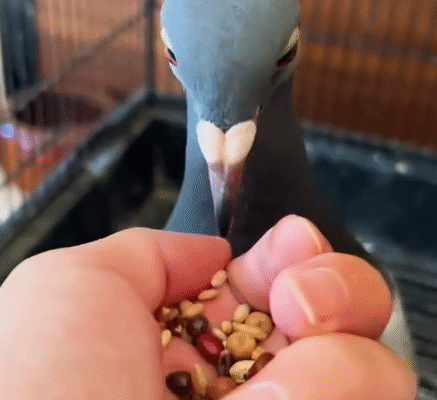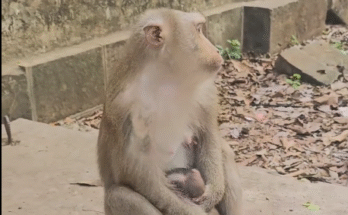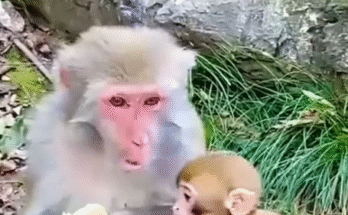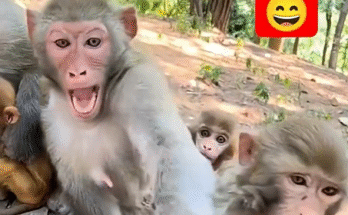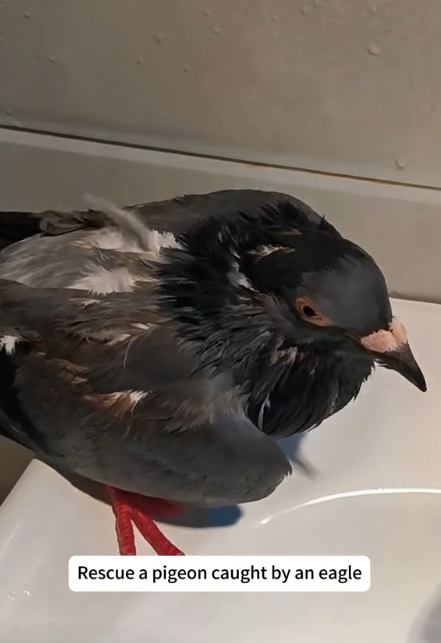
It was a bright, quiet morning in the countryside, where the fields stretched out wide beneath a brilliant blue sky. Birds chirped happily in the trees, and a gentle breeze rustled the leaves. Everything seemed peaceful—until a sudden cry tore through the air.
Up above, an eagle soared gracefully, its sharp eyes scanning the landscape. With powerful wings and deadly talons, it was a predator built for the skies. Suddenly, in one swift dive, the eagle descended toward a flock of pigeons pecking for food in a field. The pigeons scattered in panic, but one—slower or perhaps too startled to fly—was snatched mid-air.
The eagle clutched the pigeon tightly in its claws, flying away triumphantly toward the nearby hills. But what the eagle didn’t know was that someone had been watching the entire scene.
Eighteen-year-old Liam had been out on a morning walk with his dog, Scout, when he saw the attack happen. Scout barked, sensing something unusual. Liam looked up just in time to see the eagle flying away with the pigeon struggling in its grip.
“Oh no,” Liam gasped. The pigeon was still alive, fluttering and trying to escape. Liam felt a surge of urgency. Although he admired eagles as majestic creatures, he couldn’t help but feel sorry for the poor pigeon. His instincts kicked in: he had to try to help.
Liam ran across the field, following the eagle’s path. Scout barked and followed close behind. They sprinted over grassy mounds and ducked under tree branches, until Liam spotted the eagle slowing down. It landed on a large branch in a tall oak tree, gripping the pigeon tightly.
Carefully, Liam crept closer, trying not to startle the eagle. He knew this could be dangerous—an eagle could be aggressive if threatened. But something told him he had to at least try to scare it off.
Thinking quickly, Liam picked up a long stick and began tapping it loudly against a nearby tree trunk. The noise echoed through the woods. Scout joined in, barking furiously.
The eagle looked around, clearly disturbed by the sudden noise. It screeched loudly and flapped its wings, unsure whether to fight or flee. Liam waved his arms and shouted, trying to make himself appear bigger. After a few tense seconds, the eagle finally let out a piercing call and took off, leaving the pigeon behind on the branch.
The pigeon fell awkwardly to the forest floor, dazed and injured. Liam rushed forward, carefully scooping it into his hands. Its feathers were ruffled, and there was a small wound on its wing, but it was alive.
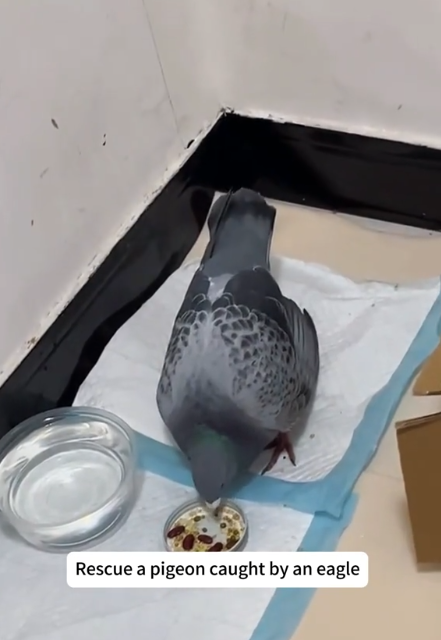
“You’re okay now,” Liam whispered. “I’ve got you.”
He took off his flannel shirt and gently wrapped the pigeon in it, creating a cozy pouch to keep the bird safe. Scout sniffed the bundle curiously but seemed to understand that this was no ordinary game of fetch.
Back home, Liam set up a small recovery station in the barn. His family had always cared for animals—dogs, cats, even an orphaned squirrel once—so he had a good sense of how to handle injured wildlife.
He cleaned the pigeon’s wound carefully with warm water and applied a bit of antiseptic. He offered it water with an eyedropper, and after some hesitation, the pigeon drank. That was a good sign.
Over the next few days, Liam took care of the bird. He learned from online resources that pigeons were resilient and that minor injuries like the one it had could heal with proper rest and care. He made a small nest out of a box and hay, placing it near a window so the pigeon could see the sky and feel the fresh breeze.
He named the pigeon “Sky.” Each day, Sky looked a little stronger. Her eyes grew brighter, and she began fluttering her wings more confidently. Scout would sit beside the box, quietly watching over her, almost like a guardian.
Liam’s parents were proud of his dedication. “You’ve really given her a second chance,” his mom said.
By the end of the second week, Sky was ready to try flying again. Liam took her outside, holding her gently in both hands. He walked to the field where the incident had happened, hoping she might feel comfortable there.
“All right, Sky,” he said. “Let’s see what you can do.”
He opened his hands. Sky hesitated for a moment, then flapped her wings powerfully and rose into the air. Liam’s heart leapt as he watched her circle above him. She wasn’t just flying—she was soaring.
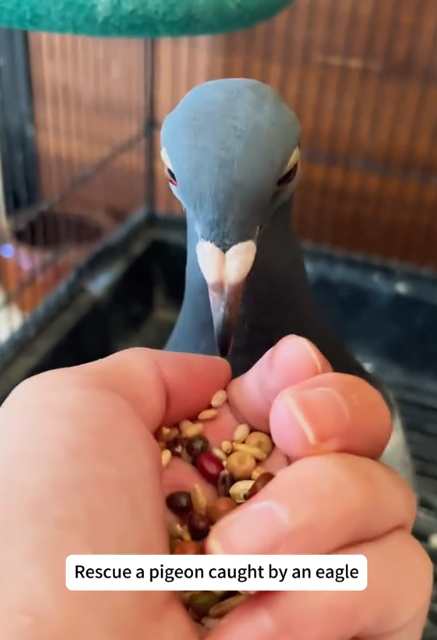
She made a wide loop around the field, then came back and perched on a nearby fence post. It was as if she was saying thank you.
Liam smiled. “You’re welcome,” he said softly.
For the next few days, Sky came back to the fence post each morning. She didn’t need help anymore, but she seemed to enjoy the visits. Eventually, she stopped returning—perhaps she had joined a new flock or simply moved on. But Liam didn’t mind. He was happy knowing she was free.
The story of Sky spread around the town, and people admired Liam’s kindness and quick thinking. One local wildlife rescue organization even reached out to him, offering to teach him more about bird care and rescue.
What began as a spontaneous act of compassion turned into a meaningful connection with nature. Liam learned not just how to care for a bird, but how important it was to respect and protect wildlife, even when it seemed small or fragile.
The image of Sky flying into the bright blue sky stayed with him, a reminder that even in a world where predators and prey exist, kindness and courage can make a difference.
And sometimes, a rescue—no matter how small—can save more than just a life. It can also open a heart.
